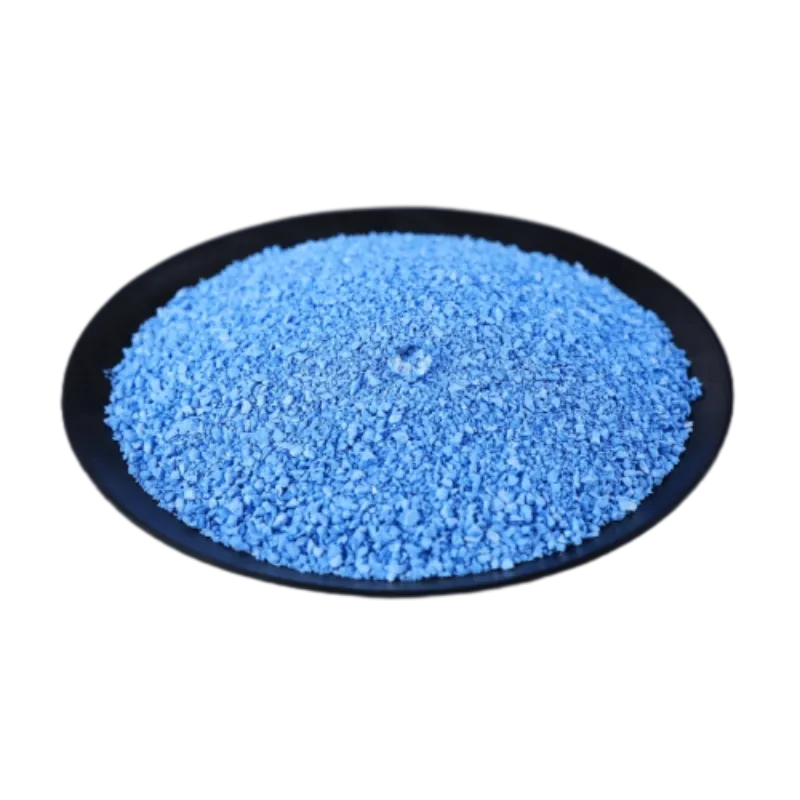
ಸೆಪ್ಟೆಂ . 07, 2024 15:01 Back to list
Reliable Asphalt Roof Patch Solutions for Long-Lasting Protection
Understanding Asphalt Roof Patch A Comprehensive Guide
Asphalt roof patching is a crucial aspect of maintaining the integrity of your roof. Whether you’re dealing with minor leaks or more significant damage, understanding how to properly apply an asphalt roof patch can save you time, money, and hassle down the line. Here’s an overview of the key components involved in this essential home repair task.
What is Asphalt Roof Patch?
An asphalt roof patch is a type of roofing product specifically designed to repair leaks, cracks, and other damage in asphalt roofing materials. It typically consists of a thick, tar-like substance that can fill gaps and seal areas that are vulnerable to water infiltration. This patching material can also be useful for sealing seams and joints, prolonging the life of your roofing system.
When to Use Asphalt Roof Patch
Identifying when to apply an asphalt roof patch is crucial for effective roof maintenance. Signs that you might need to patch your roof include water stains on ceilings, visible cracks or holes in the roofing material, and loose or curling shingles. If you spot any of these issues, addressing them promptly with an asphalt patch can prevent further damage, such as structural deterioration or mold growth.
Materials Needed
To successfully patch your roof, you will need several materials and tools, including
- Asphalt roofing cement or a specialized patching compound - A trowel or putty knife for application - A wire brush or broom to clean the area - A safety ladder or scaffolding for access - Optional roofing fabric or mesh for added reinforcement
Steps for Patching an Asphalt Roof
asphalt roof patch

1. Safety First Ensure you have the appropriate safety gear. Work boots, gloves, and a safety harness are essential.
2. Assess the Damage Before you begin, inspect the roof to determine the extent of the damage. Mark all areas that require patching.
3. Clean the Area Use a wire brush or broom to remove debris, dirt, and loose asphalt around the damaged area. A clean surface ensures better adhesion of the patching material.
4. Prepare the Patch Depending on the product you’re using, you may need to mix the asphalt cement. Follow the manufacturer's instructions for preparation.
5. Apply the Patch Using a trowel, apply a generous amount of the asphalt patching compound over the damaged area. Ensure that it extends beyond the edges of the damage to create a proper seal.
6. Reinforce if Necessary For larger holes or cracks, consider placing roofing fabric or mesh over the patched area, then cover it with additional asphalt cement. This will provide extra strength and durability.
7. Smooth the Surface Smooth the patched area with your trowel, ensuring it is even with the surrounding roof surface. This will help prevent water pooling.
8. Cure and Inspect Allow the asphalt patch to cure as per the product instructions. After it has set, inspect your work to ensure that the patch is securely bonded.
Conclusion
Asphalt roof patches can be a simple and effective way to maintain your roofing system and prevent more extensive repairs. By following these steps and regularly inspecting your roof, you can protect your home from weather-related issues and ensure its longevity. Whether you're a DIY enthusiast or hiring a professional, understanding the basics of asphalt roof patching will empower you to make informed decisions about your roof's maintenance.
-
Spain Tile Stone Coated Metal Roofing: Durable & Elegant
NewsAug.11,2025
-
Roofing Granules for Sale | Restore Shingles, Boost Cooling
NewsAug.10,2025
-
Durable Milan Stone Coated Metal Roof Tile | Elegant Roofing Solution
NewsAug.09,2025
-
Mosaic Shingles: Style, Durability & Shingle Comparisons
NewsAug.08,2025
-
Explore Types of Roof Shingles: Durable Asphalt & More!
NewsAug.07,2025
-
Architectural Asphalt Shingles | Laminated & Durable
NewsAug.06,2025







